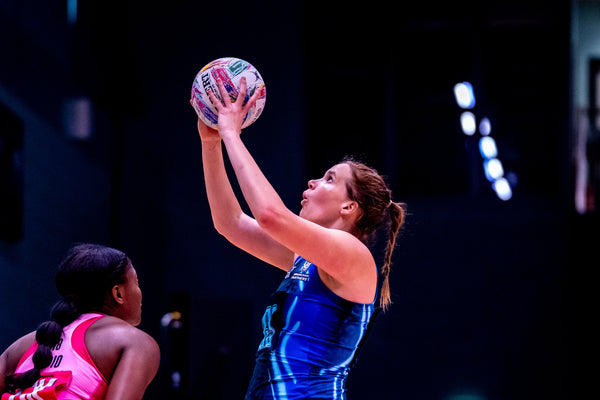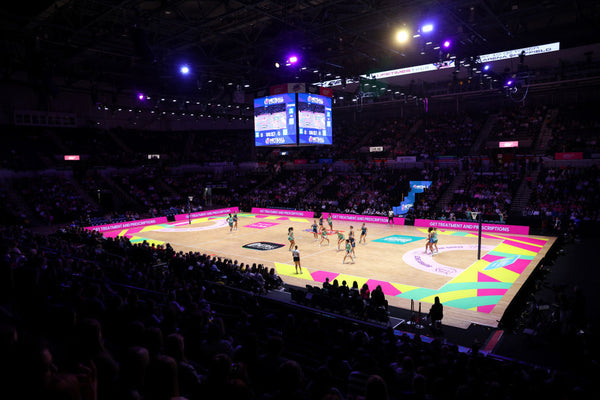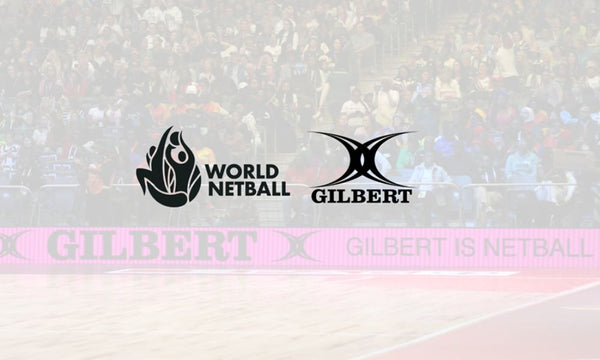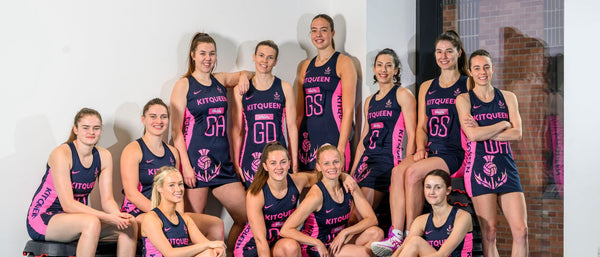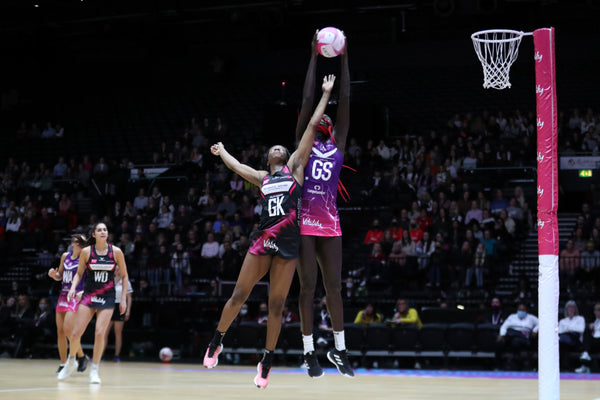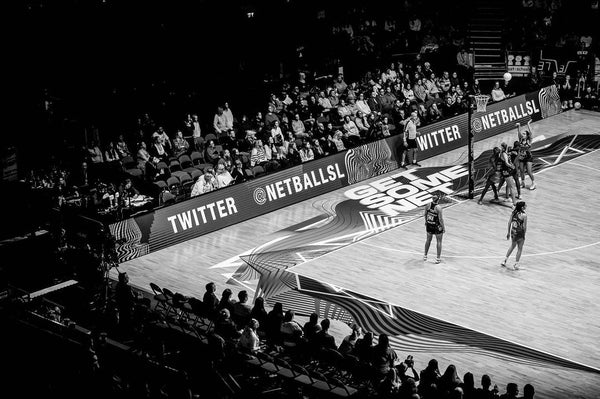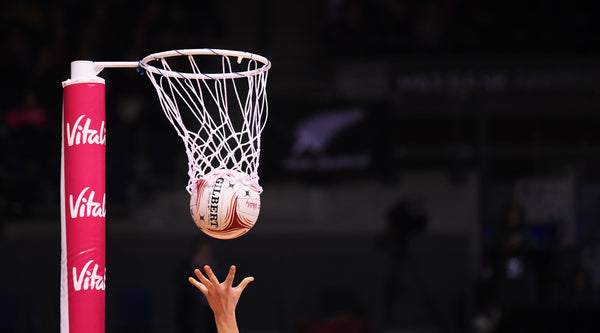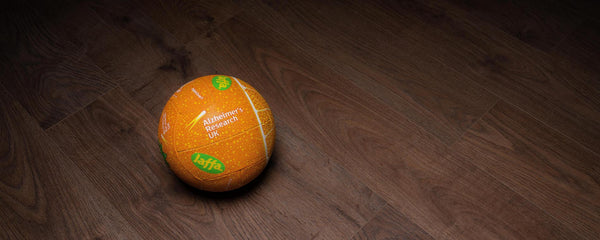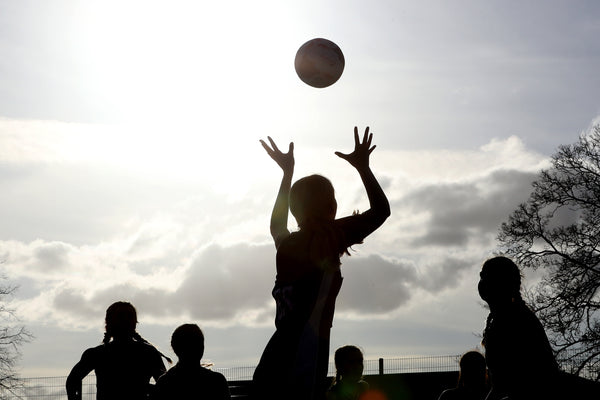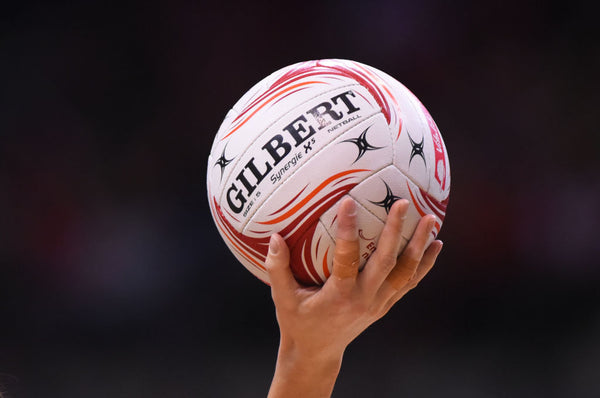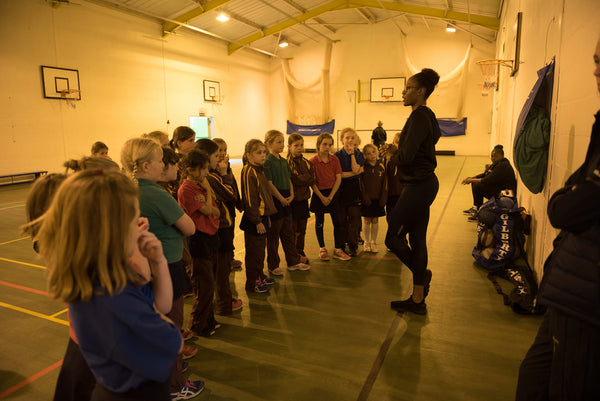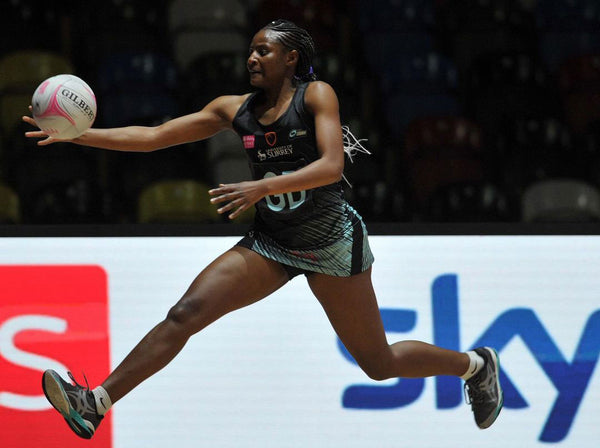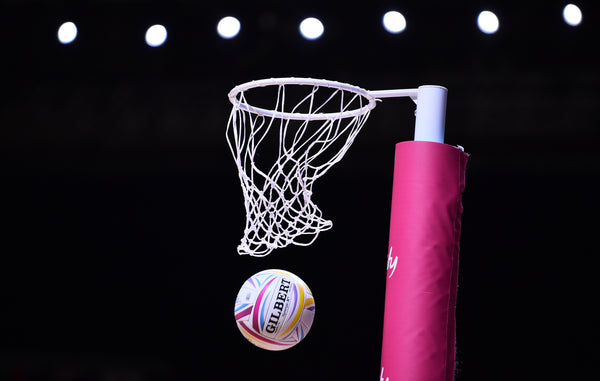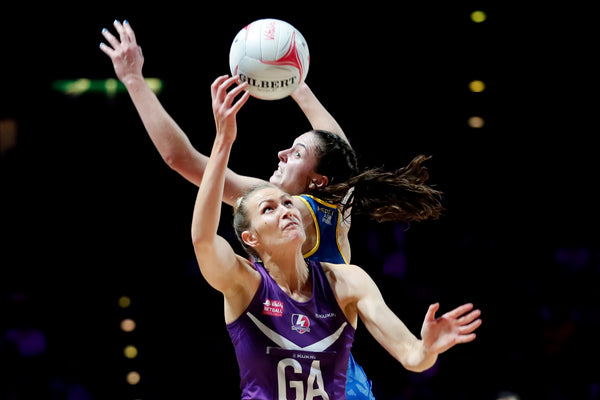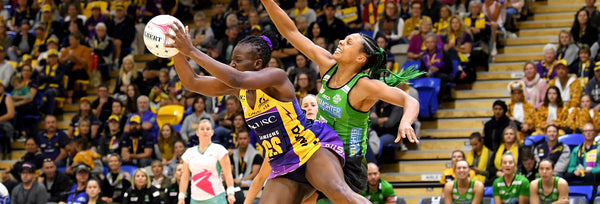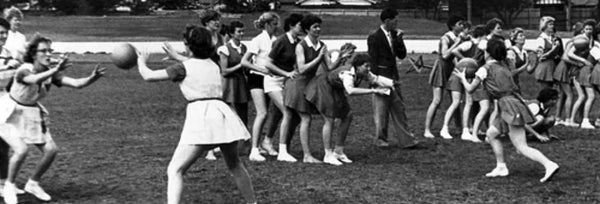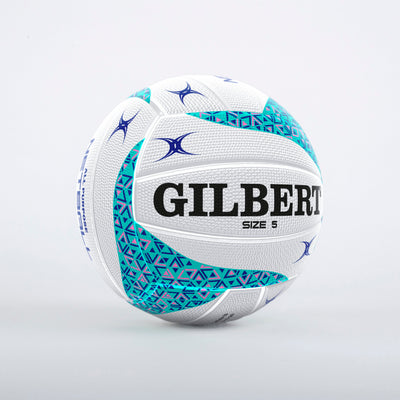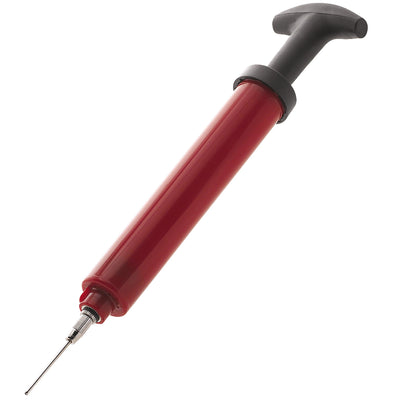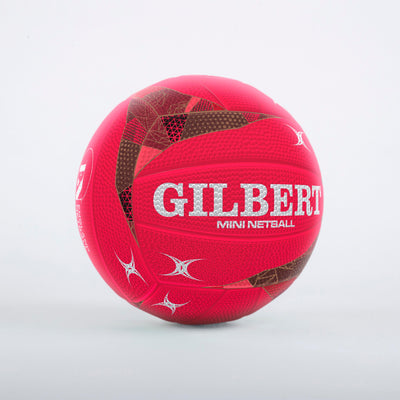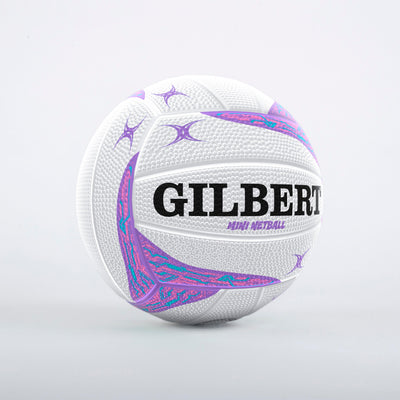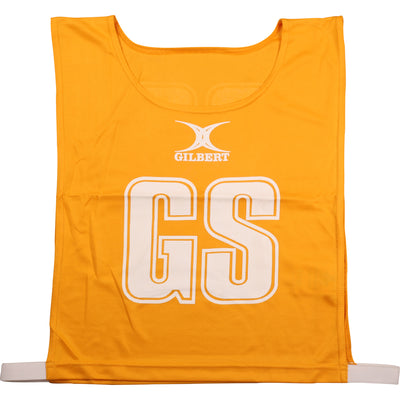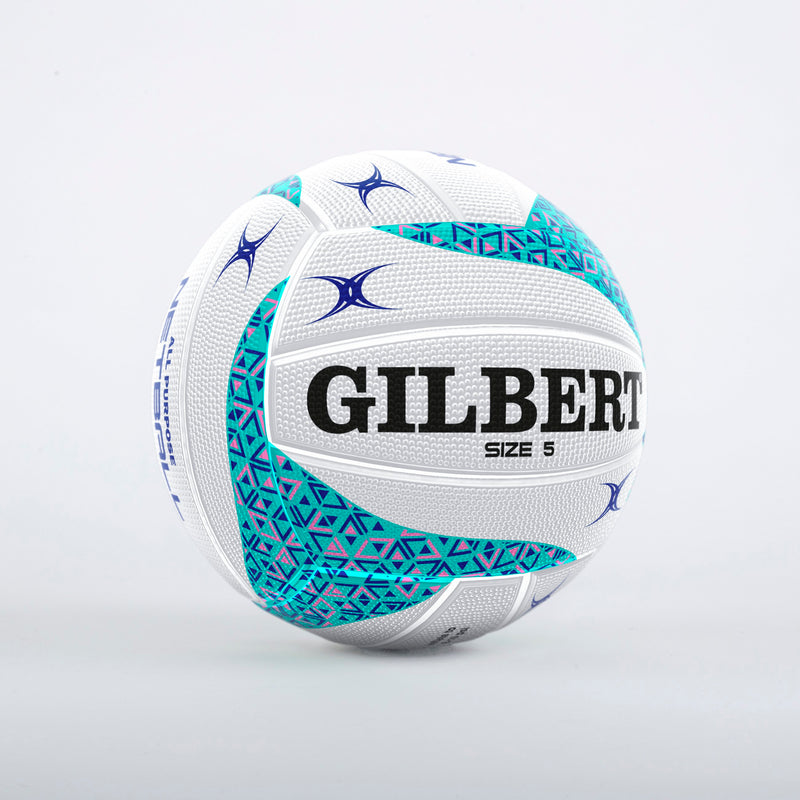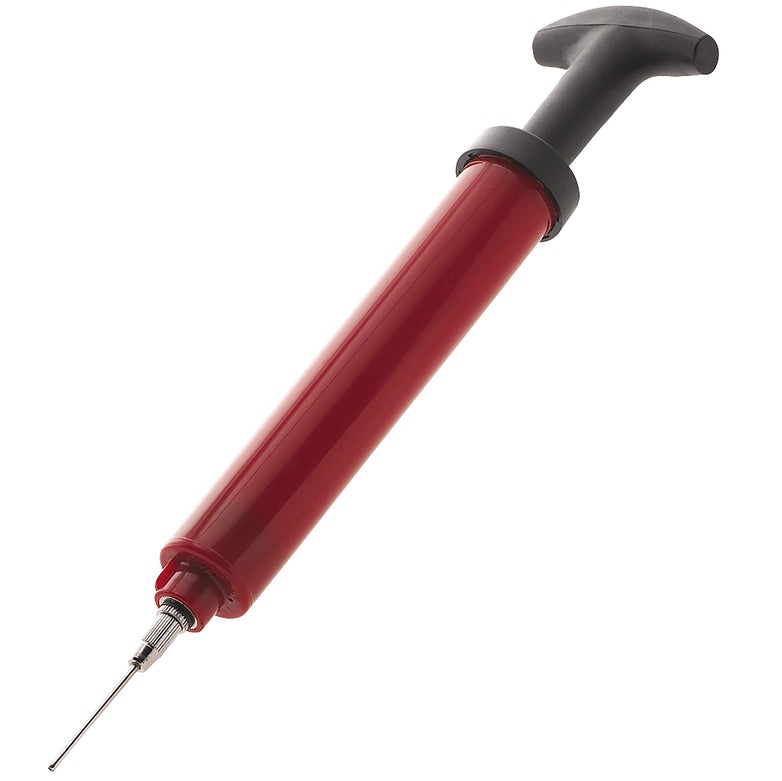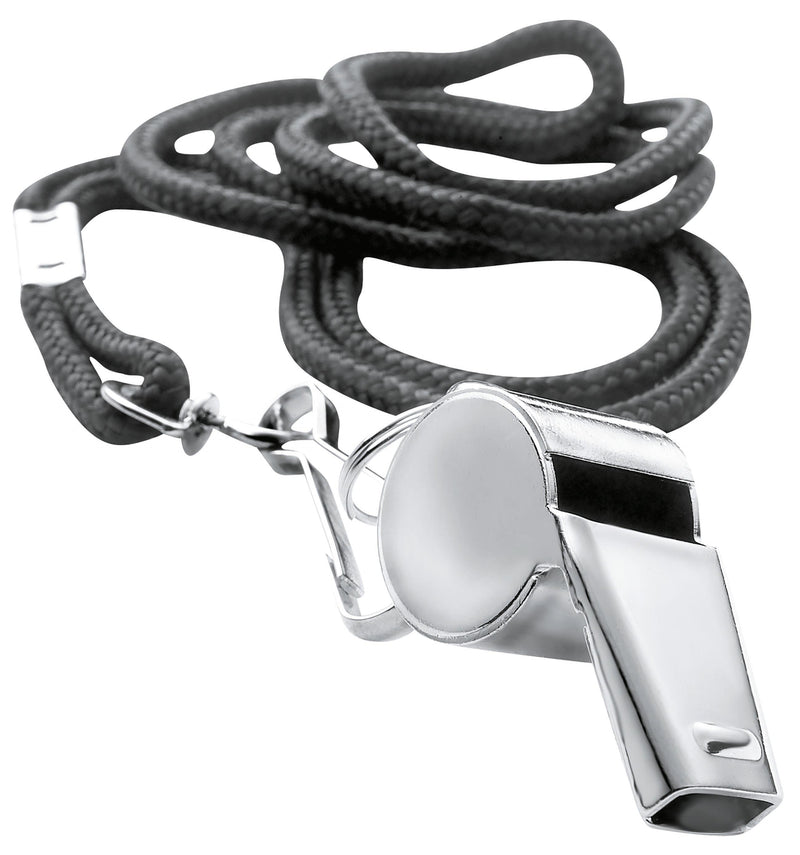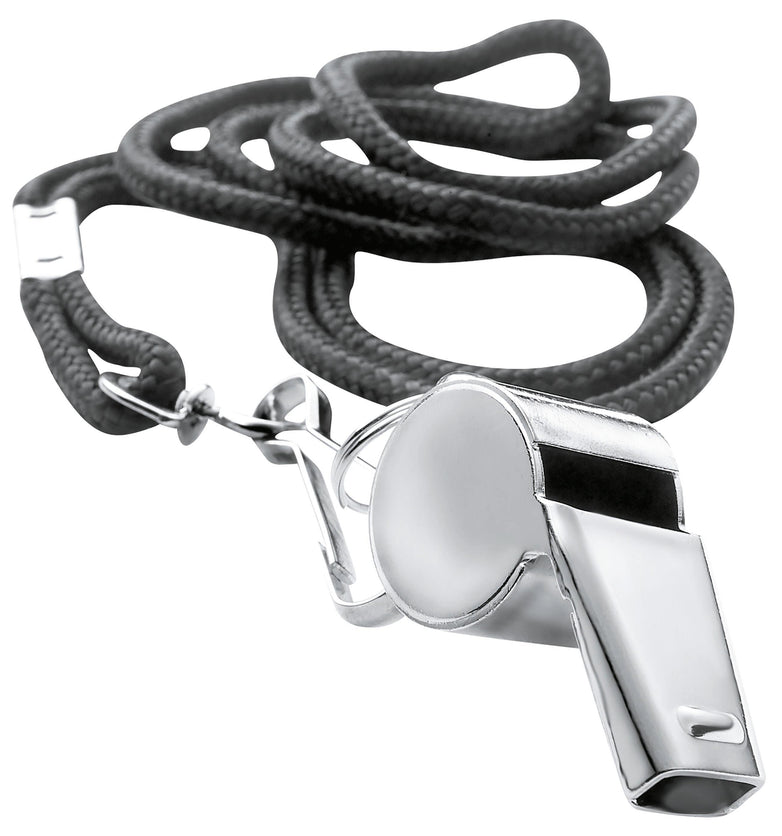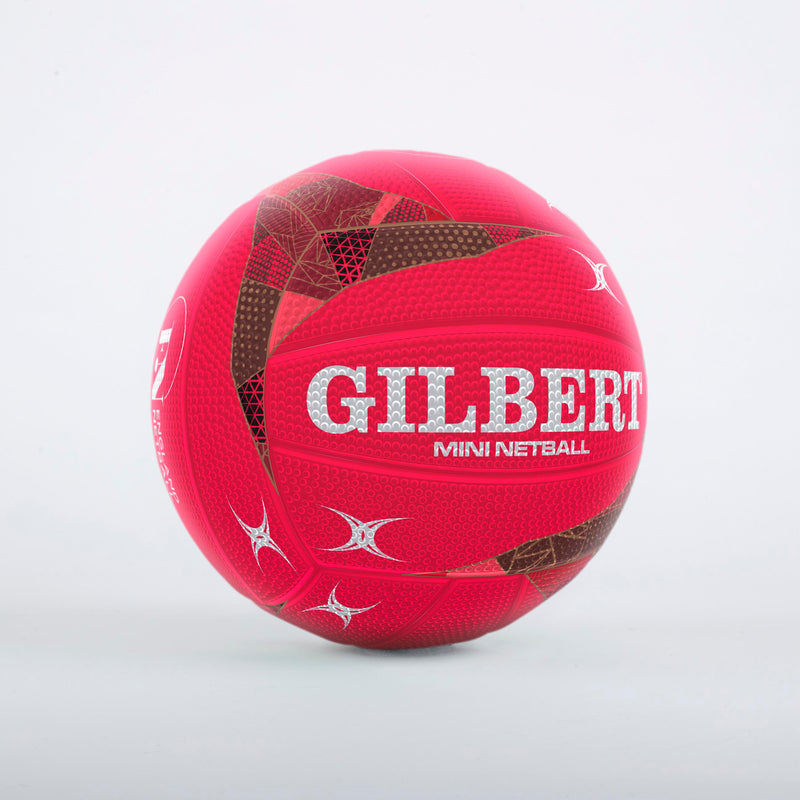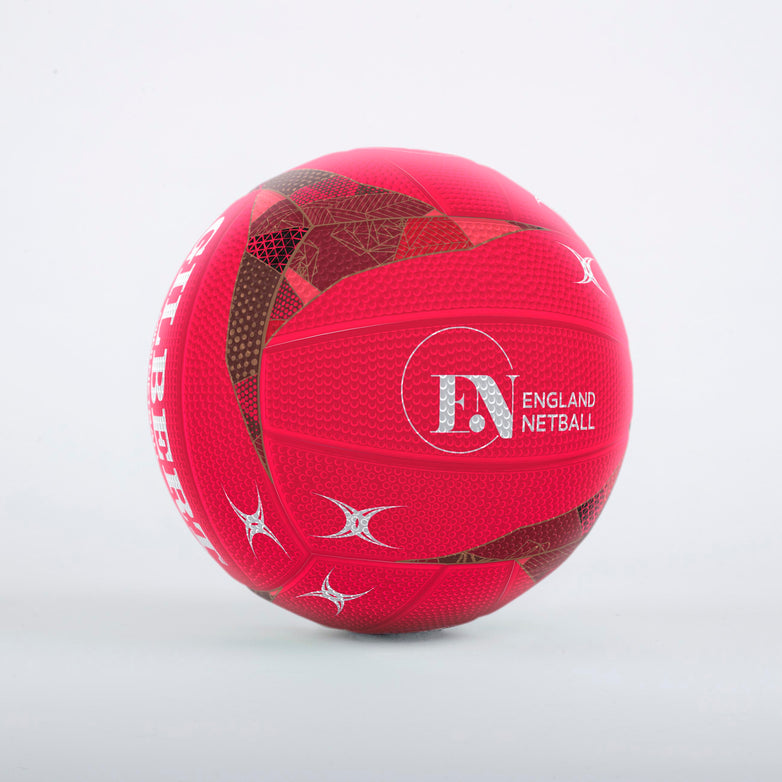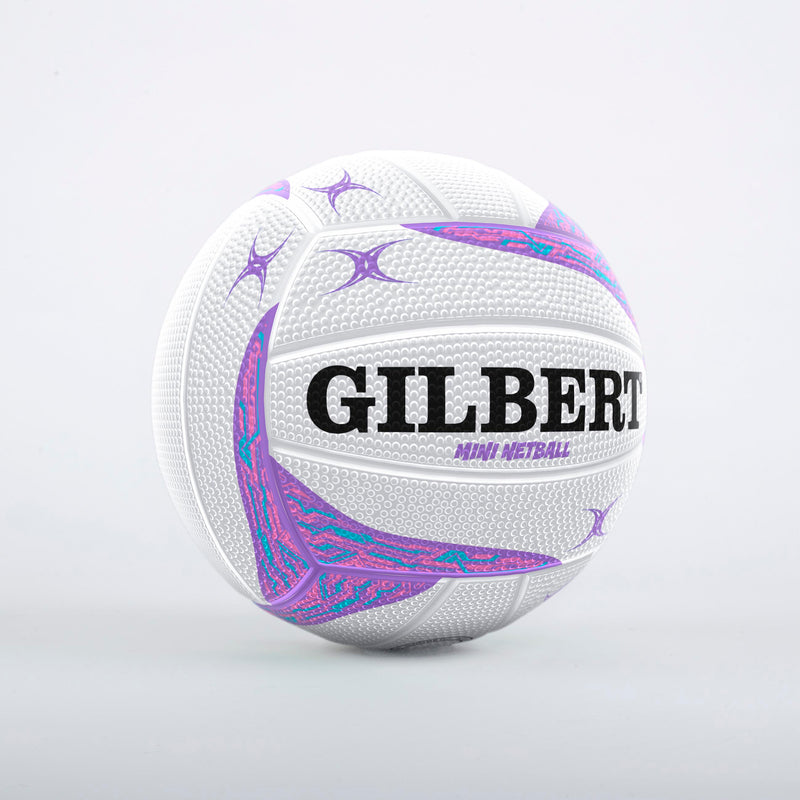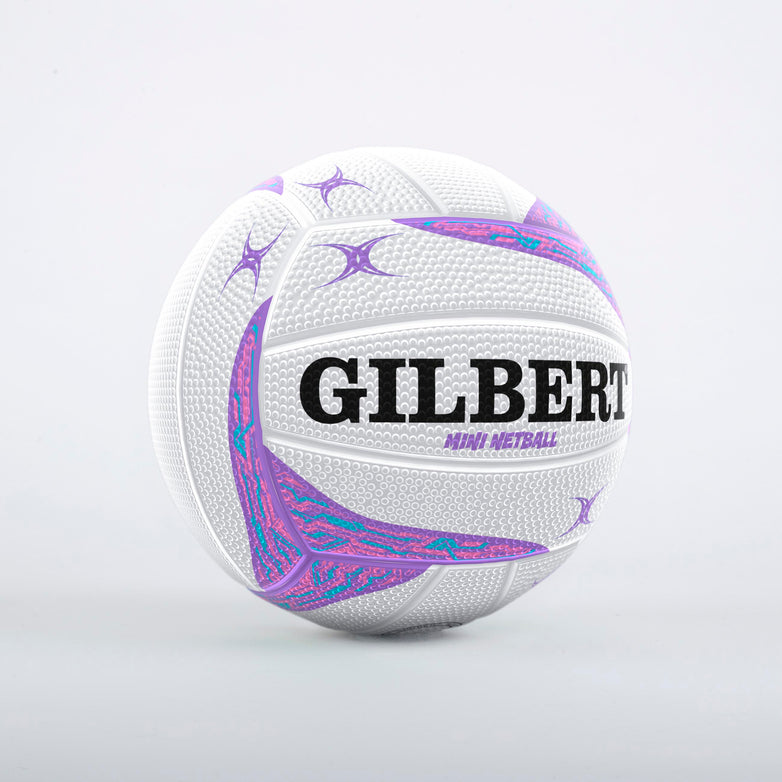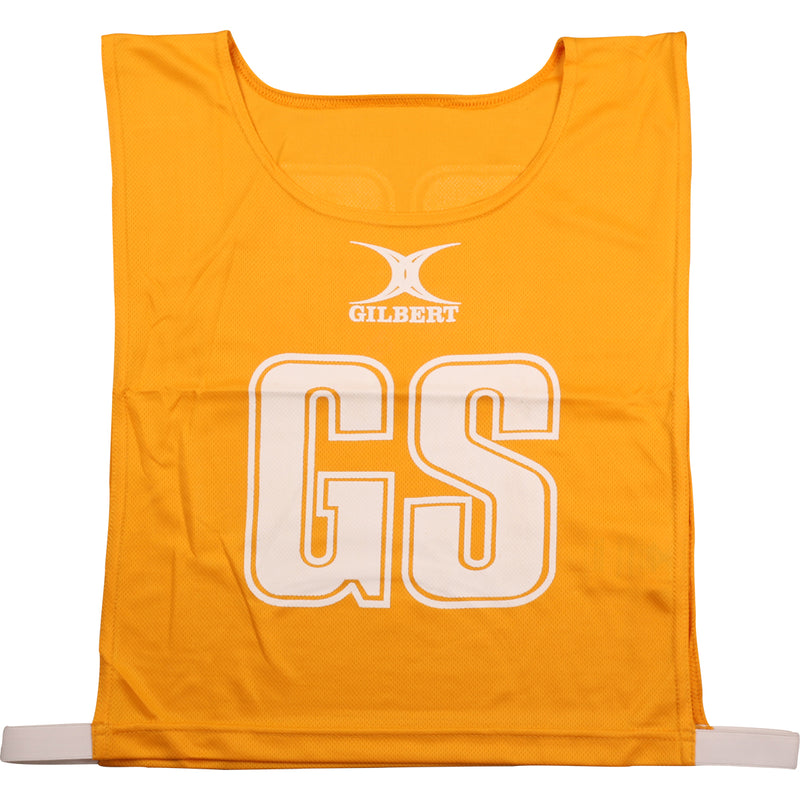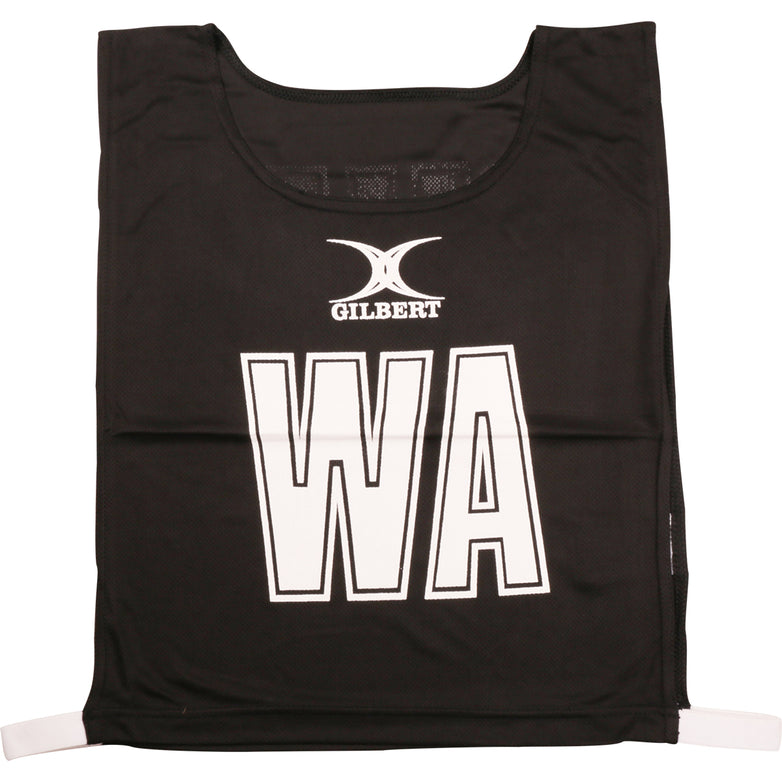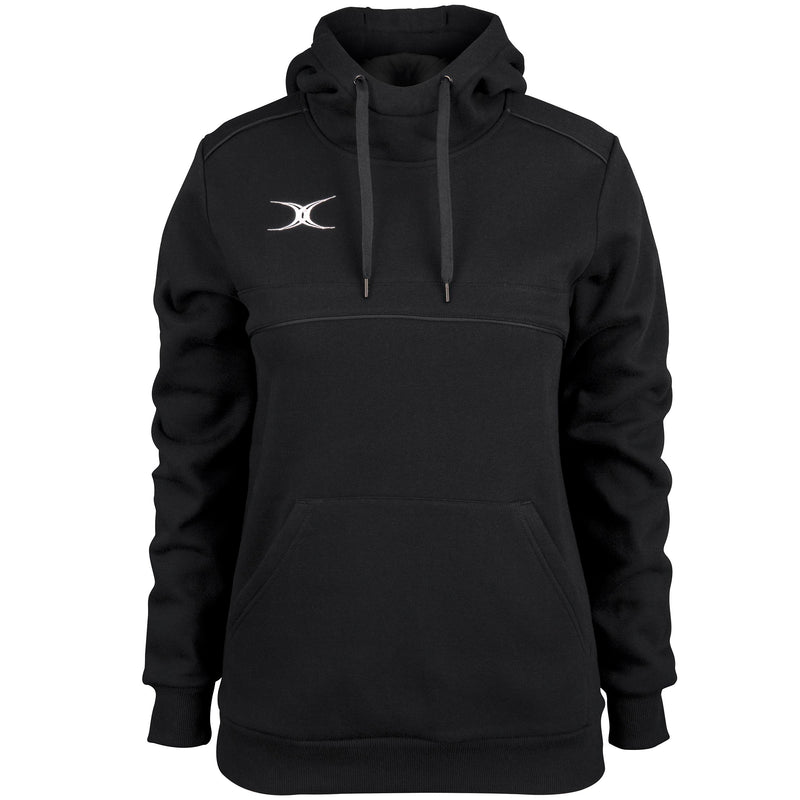Whether you're brand new to netball or looking to brush up on the fundamentals, this guide will walk you through the basics – from how the game is played to what each position does. Netball is fast-paced, highly strategic, and built on teamwork. Once you know the rules and roles, it becomes even more exciting to watch – and play.
What is Netball?
Netball is a dynamic, non-contact team sport played by two teams of seven players. The aim is simple: score more goals than your opponent by working the ball into your shooting circle and passing it to your goal shooter (GS) or goal attack (GA) to score.
The game is played on a rectangular court divided into thirds, with raised goal rings at each end. A match is split into four 15-minute quarters.

The Core Rules
While netball is relatively easy to pick up, there are a few unique rules that set it apart:
No running with the ball – Players must pass the ball within three seconds of receiving it.
Footwork rule – You can't take more than one step once you've caught the ball. Pivoting is allowed on your landing foot.
No contact – Defenders must stand at least 3 feet away and cannot physically impede a player.
Stay in your zone – Each position is restricted to certain areas of the court.
Netball Positions Explained
Each of the seven positions has a specific role and designated areas of the court they can move in. Here’s a breakdown:
Goal Shooter (GS)
Role: Primary scorer.
Zone: Only in the attacking third and shooting circle.
Key Skills: Accuracy, positioning, composure under pressure.
Example player- Elmere van de Berg
Goal Attack (GA)
Role: Supports the GS and can shoot goals.
Zone: Centre third, attacking third, and shooting circle.
Key Skills: Agility, decision-making, strong passing.
Example player- Berri Neil
Wing Attack (WA)
Role: Feeds the ball to shooters.
Zone: Centre and attacking third (not the circle).
Key Skills: Speed, spatial awareness, clean feeds.
Example player- Bethan Dyke
Centre (C)
Role: Connects the defence and attack.
Zone: Entire court except both shooting circles.
Key Skills: Fitness, vision, quick transitions.
Example player- Iona Christian
Wing Defence (WD)
Role: Defends the WA, limits ball supply to shooters.
Zone: Centre and defensive third (not the circle).
Key Skills: Agility, interceptions, marking.
Example player- Ellie Rattu
Goal Defence (GD)
Role: Defends the GA and helps block shots.
Zone: Centre third, defensive third, and shooting circle.
Key Skills: Anticipation, timing, strength.
Example player- Ella Bowen
Goal Keeper (GK)
Role: Last line of defence.
Zone: Defensive third and shooting circle only.
Key Skills: Rebounding, positioning, pressure.
Example player- Jasmine Brown

Game Play Flow
- Centre pass starts the game and restarts play after each goal.
- Teams move the ball up the court, following positional restrictions.
- A goal is scored when the ball is successfully shot through the ring by the GS or GA.
- After each goal, the centre pass alternates between teams.
Final Thoughts
Understanding the positions and basic rules gives you a real appreciation for the skill, teamwork, and fitness involved in netball. Whether you're just starting out or watching a match for the first time, knowing who does what – and where – makes the game much more enjoyable.
At Gilbert Netball, we’re here to support every level of the game. From trusted balls to performance gear, we're proud to be part of your netball journey.
Watch rounds 12 & 13 of the Netball Super League on SkyNetball or BBC iPlayer



